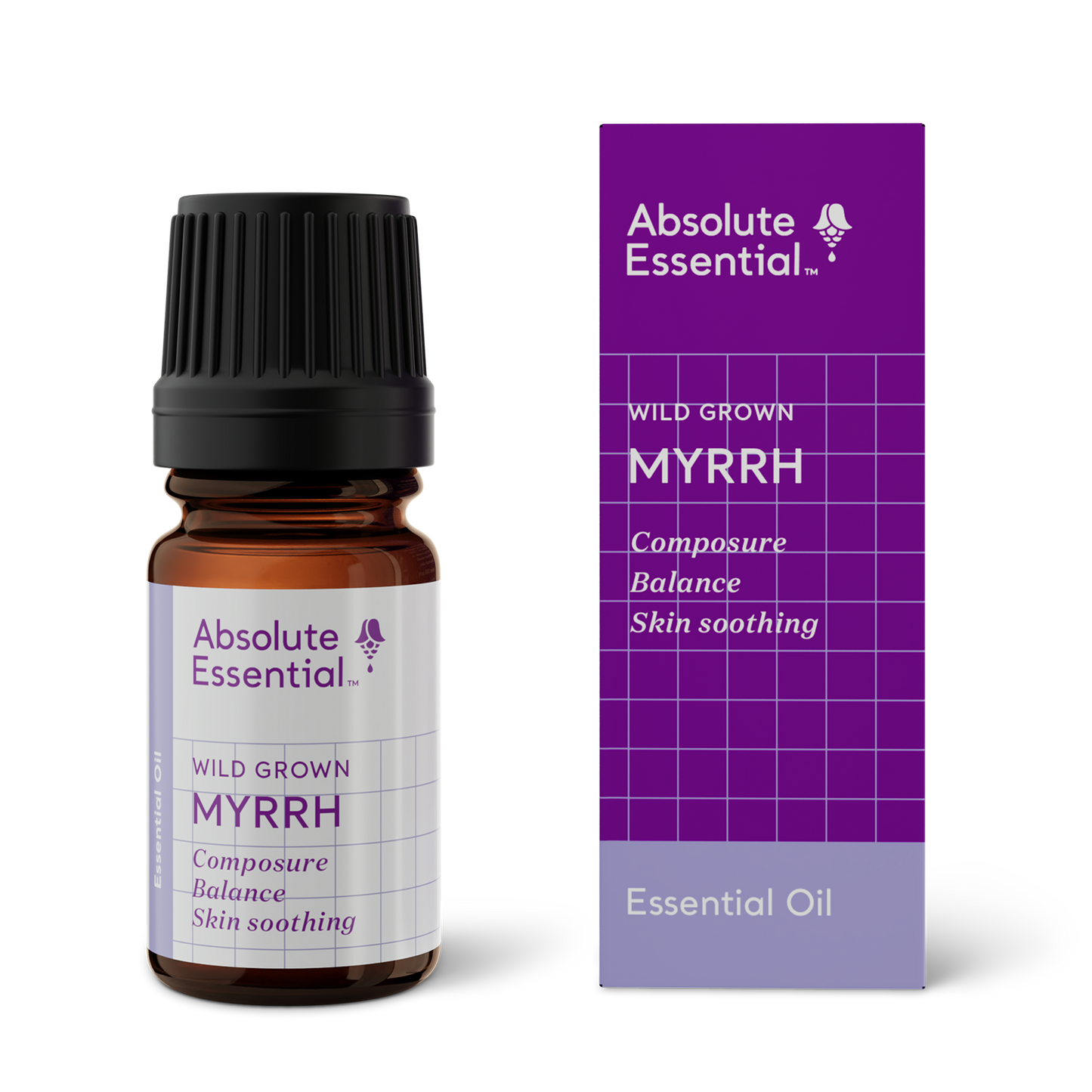Myrrh
Commiphora myrrha
Origin: Somalia
Family: Burseraceae
Part used: Resin
Origin: Somalia
Family: Burseraceae
Part used: Resin
Couldn't load pickup availability
